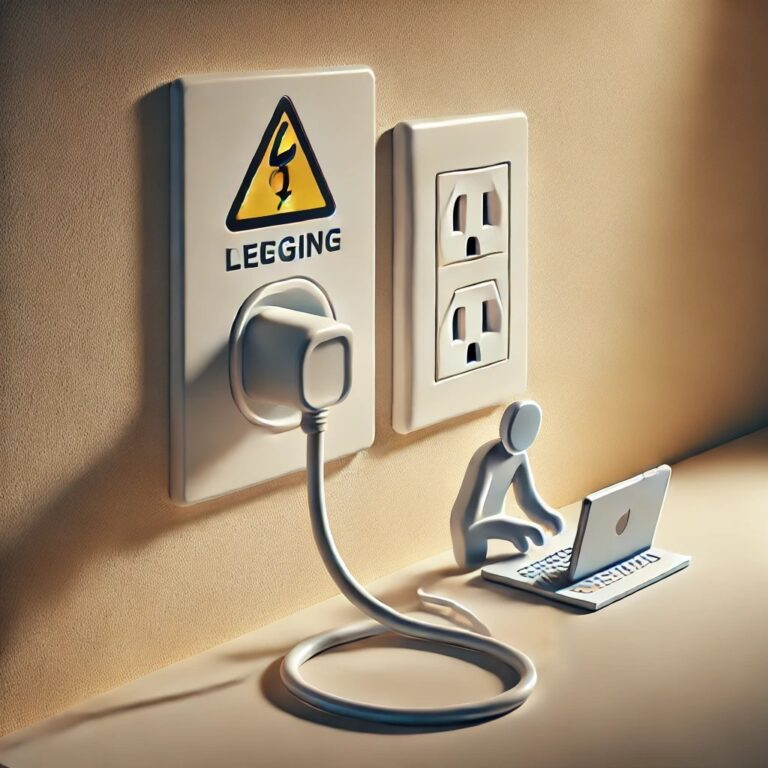ADVERTISEMENT
Potential Fire Hazards and Safety Concerns
Chargers that remain plugged in can become potential fire hazards. Over time, the continuous flow of electricity can cause the charger to overheat, especially if it is placed on a flammable surface or surrounded by other heat-generating devices. This risk is exacerbated by the possibility of manufacturing defects or damage to the charger, which can increase the likelihood of electrical fires. Ensuring chargers are unplugged when not in use is a simple yet effective way to mitigate these safety concerns.
Financial Implications: How Leaving Chargers Plugged In Affects Your Bill
While the cost of leaving a single charger plugged in may seem negligible, the cumulative effect of multiple devices can lead to noticeable increases in your electricity bill. By unplugging chargers when not in use, you can reduce energy waste and potentially save a significant amount of money over time. This small change in habit can lead to substantial financial savings, making it a worthwhile consideration for any household.
Environmental Considerations: Reducing Your Carbon Footprint
Reducing energy waste is an important step in minimizing our carbon footprint. By unplugging chargers when they are not needed, we can decrease our overall energy consumption and contribute to a more sustainable environment. This simple action aligns with broader efforts to conserve energy and reduce greenhouse gas emissions, helping to protect the planet for future generations.
Conclusion: Embracing Better Habits for Safety and Savings
In conclusion, unplugging your laptop charger when not in use is a small yet impactful habit that can lead to significant benefits. From reducing energy waste and lowering electricity bills to minimizing safety risks and contributing to environmental conservation, the advantages are clear. By embracing this simple practice, we can make a positive difference in our daily lives and foster a more sustainable future.
